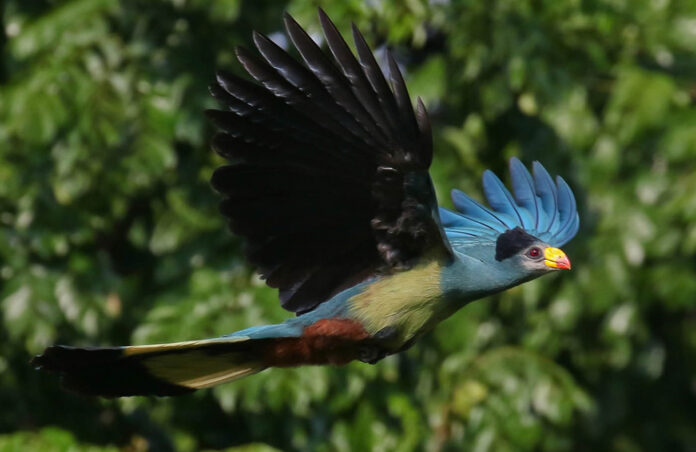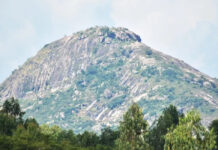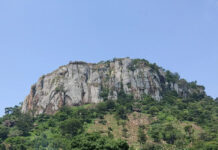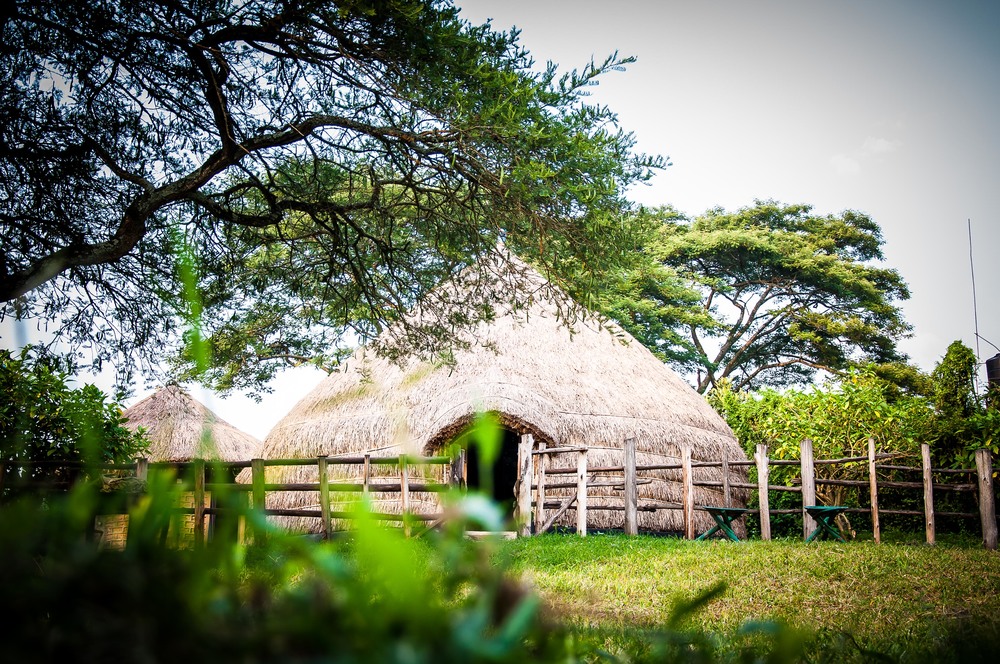The beauty of a bird, like a fabric, is in its feathers. However, what screams beauty other than an enchanting color, right? These birds adorn colors so beautiful they could strut through the runway with such ease. And guess what, some of them which we shall now list are found right here in Uganda.
Great Blue Turaco
Tasked with explaining why seeing the great blue turaco was one of his top three moments whilst birding in Uganda, Bill Thomson, a UK-based author said, it was a beauty! “It is the only bird with some of their feathers colored by pigments found in no other creature in the Animal Kingdom,” he said quite enthusiastically. Thomson, also the author of Bird Watcher’s Digest, an internationally famed birding book, then said it was also the sound it made.
“At dawn or dusk, you will hear it give loud series of deep, ringing, throaty ‘kok-Kok-Kok or a bubbling softer tweet,” he imitated. He then cheerfully told of its agility at jumping from one branch to another. “The only times you’ll find it on the ground is when it wants to bath or quench its thirst,” the re-known birder said.
Talking length, it is 70–76 cm (28–30 inches) and 800–1,231 grams in mass. This makes it the biggest in the turaco family of birds. No wonder it is highly poached in Africa for its meat. It is mainly found in pristine tropical forests and swamps inclusive of Bigodi wetland, Mabira, and Budongo.
Green-breasted Pitta
It takes skill to spot this bird. And oh, what a name, but that’s for another time! Though not as endangered as its counterpart the shoebill, it takes a truckload of luck to spot the Green-breasted Pitta. Easy on the eye, and most soft spoken, this bird boasts of a shimmery broad golden-buff supercilium and black and green plumage that facilitates their camouflage.
Tested bird-watching guides like Herbert Byaruhanga maintain that it takes skill to spot. “What makes it so had to come by is that it is quiet for much of the day,” he explains. “In instances when it wants to communicate, it whistles softly, sometimes so softly for its own ears to hear.” It would rather shy off into its perfect world of camouflage and gentle tunes.
To spot it, one would have to comb the forest canopies inch by inch with a sea of concentration, spot this beauty. Note also, that this is one of the fewer pitta species found on the continent. It strictly lives at an altitude between 1,100 and 1,400 meters. Kibale National Park has been known to be its most reliable sighting.
African Green Broadbill
Ask many a birder and they will attest to its cheerfulness. The African Green Broadbill has no room for boredom. No Sir, not this bird! It shivers and trembles in excitement for much of the day while twittering squeakily. What a delight.
Largely a bright green with a blue throat and a small bill, the Green Broadbill is easy on the eye. It’s no wonder this little show-off is a tourist magnet, ranking among the five most sought-after species on the continent, especially because it is rare.
Though first discovered in 1908, this species according to researchers was next seen in 1928. Sadly, this bird is threatened by deforestation and habitat degradation. Its known feeds, seeds, fruit, flower buds, and some insects, are just as threatened. It is endemic to the Albertine Rift Mountains of Uganda and the Democratic Republic of Congo, like Rwenzori.
Black-breasted Barbet
Call it the red, black and white affair. Its plumage is mostly a glossy black. Its belly, a showcase of red, gently joining the white patch on the lower back. Of the few countries that have this species, Uganda stands out as the most peaceful. The other countries that have it are the Central African Republic and South Sudan. Sadly, these have faced insecurity therein giving Uganda, the competitive advantage. Specifically, the widely blessed Kidepo Valley National Park is where it can be found.













